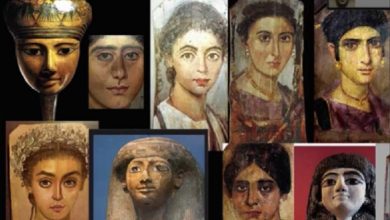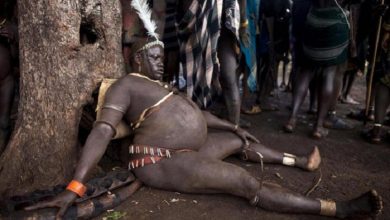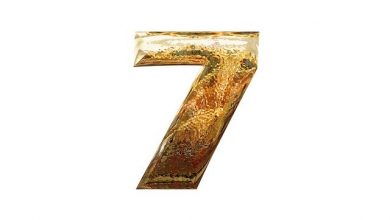Cargo Cult: the ‘airplane worshipers’ that believe ‘Coca-cola’ bottle is from above

Faith in Buddha, Muslims, Confucianism, ghosts, Christ, Voodoo dolls, and various other faiths and beliefs have all been mentioned… However, how many of us are familiar with the Cargo cult? Take a look at yourself!
These individuals construct wooden airstrips and non-flying aircraft. They think that the gods have brought them “Coca-Cola,” and that internal combustion engines are witchcraft. The cargo cult is one of the oddest religions one can imagine—furthermore, people of the twenty-first century.
Gods and people
One of religion’s goals is to explain the world around it, but science has taken this job away from it in recent centuries. However, everything is contingent not only on the evolution of society, but also on the actions of a single individual. Each person invents his own religion to explain what he doesn’t comprehend.
Melanesians couldn’t explain the plane’s origins in the language they understood when they first saw it. They didn’t understand the fundamentals of aerodynamics. As a result, the plane became a heavenly manifestation for them.
This is how the cargo cult arose (from the term cargo, which refers to goods delivered by ships and aircraft) – a belief system that incorporates artifacts manufactured by humans who have progressed in technological development into religious culture.
Cargo cults absorb the conduct of representatives from other cultures, reworking their manners and traditions and turning them into sacred rites in their own unique way. As a result, in Melanesian beliefs, the European practice of parades is transformed into a yearly procession of preachers clothed in camouflage, appealing to the gods to provide them with food and other necessities. After all, the warriors got assistance from the gods, didn’t they?
On the other hand, Cargo cultists do not adore the aircraft or even the white people who ride in on iron birds. The Melanesians recognize and have always recognized that white people are mortal as well; they have merely formed a more effective partnership with the gods.
The gods may be diverse, including local, traditional, pagan, and traditional “white people’s gods,” who are more giving and powerful. A common aborigine thinks that a celestial divinity will give him rain and that a cargo cult will bring him an aircraft carrying humanitarian assistance. The gods’ help is also responsible for a piece of winged iron’s capacity to remain in the air.
The Tuka movement, which began in Fiji in 1885, is the oldest cargo cult. During those years, the island was a British colony, and the natives grew well acquainted with the British way of life and traditions. True, the aborigines’ perceptions of them were skewed.
Fearing the Christian missionaries who preached on the island, the local shaman Ndugomoi adopted the name Navosavakandua (“one who speaks only once”) and declared himself the lord of life and death. He pledged to resurrect the great Fijian warriors of the past, who would turn the globe inside out, with white invaders serving the black people rather than the other way around. Concerned about Ndugomoi’s growing power, colonial officials imprisoned him for six months before expelling him from the island. After then, the Tuka cult persisted for some months.
You may ask: Where is the Cargo cult here? So far, nowhere. But the Tuka movement is the first Melanesian sect based on traditional beliefs changed by white people. Europeans played the role of villains in the Tuka cult, but Ndugomoi performed rituals based on Christian ones: they “sanctified” water, prayed by folding their hands, and sold religious souvenirs.
It was essentially a pagan sect, outwardly resembling a parody of Christianity. Its followers did not understand why the missionaries were doing certain things, and they blindly repeated them in the hope that the gods would give them the same benefits as the Europeans. This is also how the cargo cult works.
In the early twentieth century, similar movements began to appear in various parts of Melanesia. The largest pre-war cult was the “Vailala Madness” in 1919-1922. It has been well researched by ethnographers and described in a number of books.
The word “vailala” is a sound imitation, an imitation of meaningless chanting resembling a monologue. During religious ceremonies, members of the cult practiced glossolalia – speech made of meaningless letter combinations similar to a foreign language – so they imitated the speech of Europeans.
Members of the Vaillala cult believed in a ghostly steamer on which the dead would come to the island and bring various goods: food, clothing, and weapons. The cult of the dead is typical of the Australian territories of Papua, where the Vailala madness originated, and the steamboat appeared already under the influence of white colonizers. The dead men on the steamboat would be white: the British were transformed from demons into messengers of the gods.
“Priests” of the Vailala imitated many of the customs of white people, passing their meaning through the filter of their worldview. For example, they had a religious ceremony that imitated… making tea. The resulting brew was consumed while sitting at a table on stools (although the locals did not use wooden furniture and ate on mats). They also wore epaulets with insignia, like British soldiers. These rituals were meant to hasten the arrival of the steamship.
The reason was simple: the colonists were supplied by sea, just by steamboat. Seeing ships regularly arriving at the whites, laden with clothing, food, and household goods, the Melanesians tried to attract similar ships to themselves, repeating the strange actions of the whites. But this was only the beginning.
Gifts from Heaven
During World War II, the amount of unusual information coming to the Melanesians from the outside world multiplied. Before then they had seen only the leisurely British, living at a measured gentleman’s pace, but here came first the Japanese with their customs, and then the noisy and cheerful Americans. Both got most of their supplies from the air: planes flew in and out, or, more often, simply dropped boxes with cargo parachutes.
This celestial phenomenon was a welcome addition to a society that had long believed that gifts were sent to whites by the gods. Soldiers traded with locals, trading knives, canned goods, chocolate, and clothing for fresh food, local art, and the favor of local girls. Thus a classic form of cargo culture was born. Planes were perceived as messengers of the gods, and white men were seen as mediators in the transmission of amazing objects coming from the sky.
The most famous was the cult of a messiah named John Frum, which later split into several directions and has survived to this day. However, a man named John Froome never existed. Someone from America must have introduced himself as “John From America”, and since none of these three words meant anything to Melanesians, they simply dropped the third one. The result was John Froome.
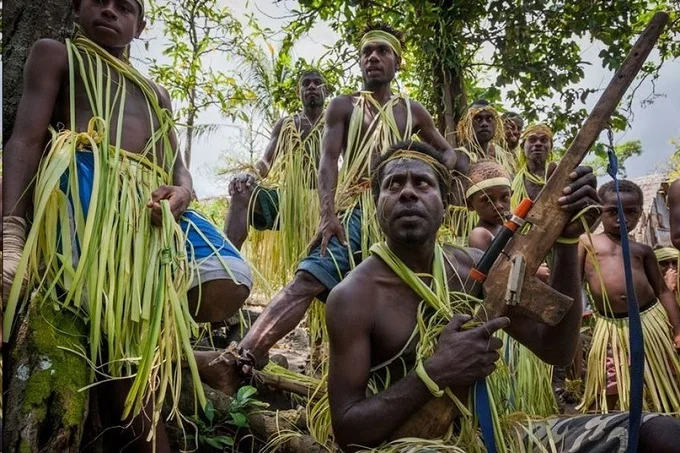
The cult of John Frum originated on the island of Tanna, Vanuatu-the territory was then called the New Hebrides. The basis of the cult was the traditional belief in Keraperamun, the god of the volcano Tucosmera.
The inhabitants of Tanna believed that the gods lived on Tucosmere and sometimes came down from there to help the people. When whites came to the island, the belief in Keraperamun changed. One of the local preachers (according to some reports, his name was Manehivi) declared that the Melanesians should refuse to cooperate with the whites and return to their native way of life and beliefs (at that time, many aborigines had already converted to Christianity). Manehivi argued that if one asked the volcano god correctly, he would grant Melanesians the same benefits that he had already granted to Europeans and that they would be delivered by a messiah named John Frum, who would arrive by airplane or, in another version, descend from the mountain.
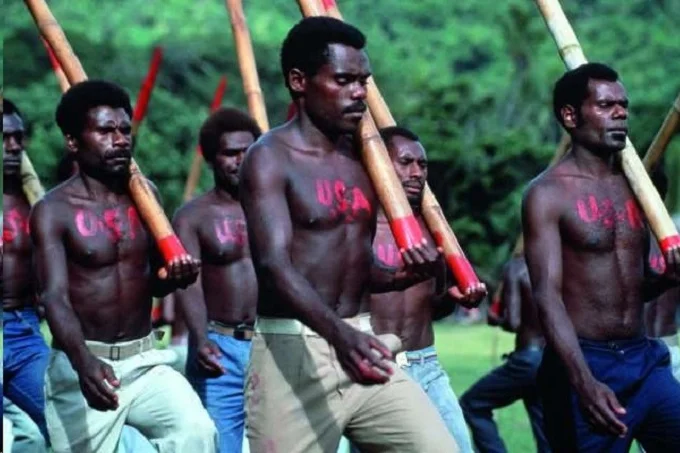
The colonial authorities captured Manehivi, who had already identified himself as John Frum, and exiled him during the height of the cult in 1941. But then, as fate would have it, war broke out in this region of the globe, and a massive number of varied items, including equipment, food, clothes, medications, and so on, started to be dropped on American bases. A substantial portion went to the people, and this was seen as the renowned John Frum’s attitude.
In general, the Melanesians had little knowledge of industrial manufacturing. Only a heavenly origin could account for dozens of similar items in their view. The gods delivered them presents in the form of white people flying on iron birds, and white people living on the island next to them gave them gifts.
But the conflict ended, the Americans left their seats, Frum did not show up, and the planes stopped flying. The Melanesians saw the white troops’ actions as a decision to preserve the gods’ gifts for themselves rather than sharing them with the Melanesians.
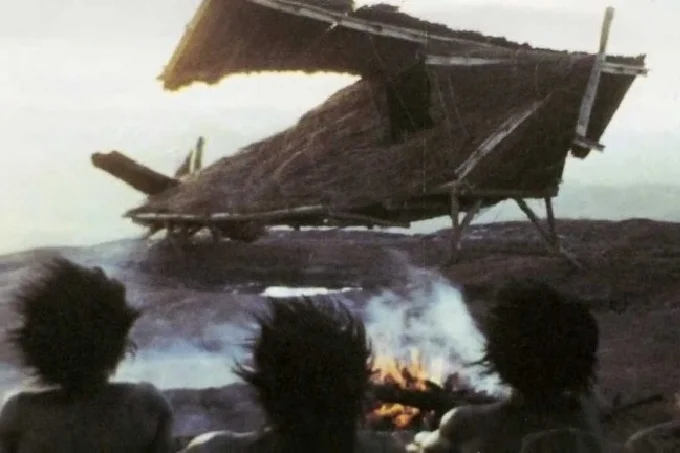
The cult’s adherents then proceeded to construct wooden runways, dummy aircraft, office buildings, and other phantom features of white life in order to entice planes to land (the natives sincerely believed that it was the airfield that attracted the plane). They wore white shirts and carried red flags, as though they were airport personnel dispatching pilots.

They continue to do so to this day. The John Frum Cult is a peaceful group on the island of Tanna that has taken up residence in a medium-sized community. The cult’s adherents have representation in Vanuatu’s government and even their own army. The army is amusing: it stages a parade every year on February 15, the day of Frum’s descent, as predicted by the prophecy. “USA” is inscribed on the “soldiers’” bare torsos, and they hold wooden sticks that simulate guns with bayonets in their hands.
Until 2013, the John Froome cult was led by Titam Goiset, who was also Vanuatu’s ambassador to Russia and Abkhazia. But in 2013, she was involved in a corruption scandal and was recalled to Vanuatu and convicted.
Funnily enough, on the opposite end of Tanna Island, there is another cult, Tom Navy (apparently a sailor was at its origins because navy is Navy). Other Melanesian islands also have thriving Cargo cults, preserved from the war: Yali, Paliau, Peli, Turaga, and so on. They all weave modern European and American realities into traditional religions.
Cult of Prince Philip
On the same island of Tanna (Vanuatu), in the town of Yaohnanen, one of Melanesia’s funniest cargo cults was established. According to community folklore, the son of a mountain spirit once descended from the peaks and traveled to faraway regions, where he married a white lady, but he would undoubtedly return to the hamlet and bring wealth one day. And it just so happened that the white lady is Queen Elizabeth II, and her husband Philip, Duke of Edinburgh, is the son of a mountain spirit.
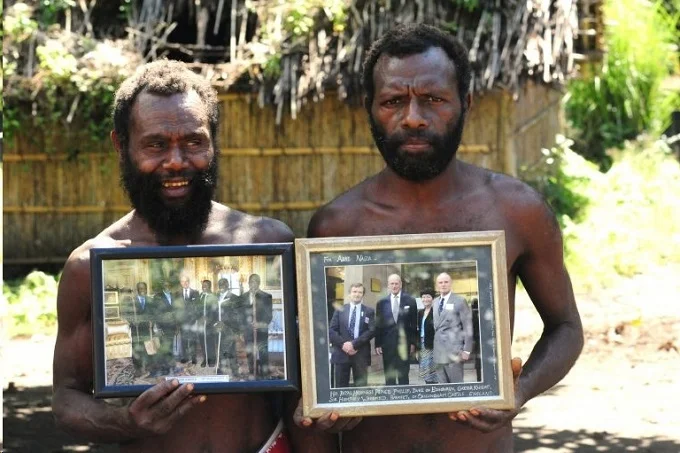
The cult seems to have begun around the turn of the 1950s and 1960s, and reached its pinnacle in 1974, after Philip’s official visit to the New Hebrides condominium, which the United Kingdom and France jointly control.
The locals were not permitted to view the dignitary, but when in Britain, New Hebrides Commissioner John Champion informed Philip of amusing phenomena and convinced him to send a photograph of himself with a signature to the admirers.
The people of Yaokhnanen responded by giving Philip a traditional spear for hunting wild pigs. The transported prince was taken again, this time with a spear in his grasp, and a second picture was given to them. Philip recalled his supporters again a quarter-century later, in 2000, and gave them the third photograph. In 2007, five members of the sect were invited to the United Kingdom for an encounter with Prince Philip. They returned with another photograph, this time a group photograph.
The cult is still active. The issue is that Philip of Edinburgh is dead, and it is unclear what will happen to the Melanesian sectarians now their deity has passed away.
What are our options for dealing with this?
The first glimpse of the Cargo-cult is astounding. But behind them lies the usual desire to get European goods for free if you look closely. True, instead of military goods nowadays are brought by tourists.
All of the cargo-cults, of which about three hundred have appeared in the last century (one hundred and fifty have survived to this day), have something in common:
- Clear boundaries, usually within one or two villages. The cult of John Frum became famous because of its extensive spread – to an entire area of the island of Tanna;
- one leader – with his death, the cult often disappears;
- Emphasis on material goods to be bestowed by the gods;
- Rituals that parody the actions of strangers.
The rest is unimportant. A cargo cult can arise under gods of any origin: celestial and natural, humanoid and beastlike. And suppose representatives of an alien super-civilization ever come to us. In that case, we might resemble the Melanesians and comically imitate aliens’ behavior in the hope of receiving some benefits for it. People are the same everywhere.

